5 Groundbreaking Video Game Mechanics That Didn’t Go Anywhere

Anyone wanting to make a video game nowadays has to pick one of three routes: using the Unity engine if they're newbies, the Unreal Engine if they're more experienced in the dev-arts, or just making their own engine if they're either proficient or completely deranged. Then, they'll just have to copy Elden Ring's gameplay and they're set. Back in the day, however, game dev welcomed all sorts of out-of-the-box thinking both when it came to mechanics and visuals. This gave birth to masterpieces too crazy to get copied, but too awesome for us to allow to fall into the pit of oblivion.
The actually realistic swords from Metal Gear Rising: Revengeance
Swords are such cool video game weapons that they only lose the popularity battle to guns – and even then maybe it's because there are some guns that are also swords. Video games care so much about making cool-ass guns that we have guns that freeze or burn enemies, guns that explode enemies whole, and those that blow up just the enemy's balls,
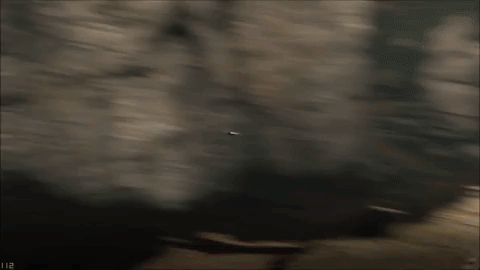
Rebellion Developments
It sucks that they've so far failed to grasp swords at all. Sure, there's no lack of cool-looking swords, but no swords that behave like actual swords. Video game swords are actually just glorified blunt weapons that only ever cut-off enemy limbs in specifically triggered animations. Hell, this applies even to lightsabers,
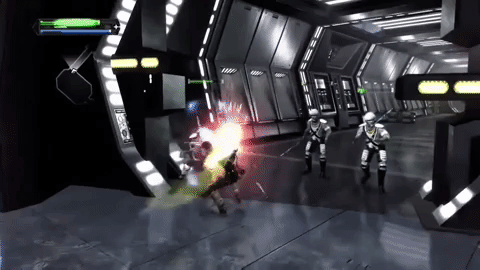
Disney
Metal Gear Rising: Revengeance absolutely slaps. This is one of the very few instances in which we can get 100% behind replacing any semblance of a coherent plot with just more relentless action. Unfortunately, however, the game went through a very troubled development cycle, and a lot of the original vision ended up on the cutting room floor. The game we ended up getting lacks something awesome they actually showed in the game's first gameplay trailer.
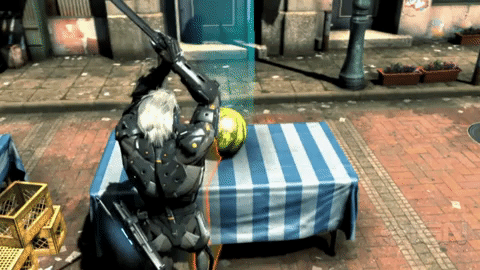
Konami
Yeah, the version that we ended up getting allows players to cut some enemies sometimes, but the original version of Revengeance featured the glorious ability to freely cut everything whenever we goddamn pleased. Look, we know that cutting a watermelon isn't the most exciting way to show what we're talking about, but it's the only good way to explain it before overwhelming our readers with the awesomeness of it all. With that out of the way, here's the good stuff we're missing out on:
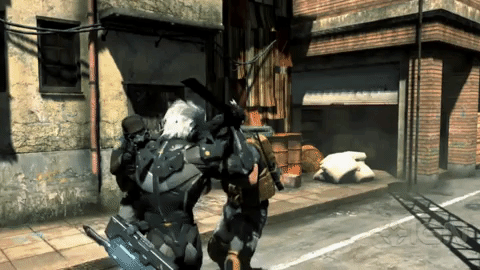
Konami
And why stop at just feeding enemies some slices of other enemies?
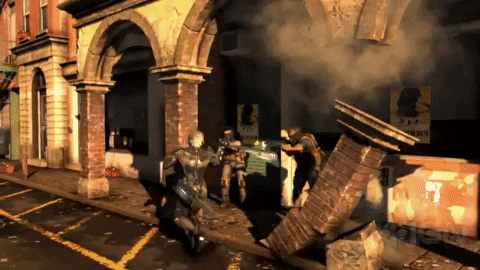
Konami
The possibilities are endless. Imagine this in minigames or even loading screens?

Konami
We don't necessarily want swords to overtake guns as the coolest weapon. We don't want devs to treat swords as video-game gun royalty. In fact, we just want swords to be something capable of dealing with royalty the French way.
Red Faction's literally groundbreaking mechanics
The original Halo: Combat Evolved stole the attention of the console-FPS crowd back in 2001, which sadly had most players overlooking Red Faction. Much like Halo, Red Faction gave players a lot of vehicles they could use to beat the game's neat story-driven campaign, but that wasn't even Red Faction's best part. That was “geomod”, a tech that allowed for players to forgo the usual task of retrieving keycards to open doors by just blasting main character-sized holes on the walls – or to drill their own tunnels for fun.
Everyone who played Red Faction had good things to say about the geological realism, so what happened to it? Well, the developers completely dropped it for the sequel (which is inferior to the original game in every way that we can think of.)
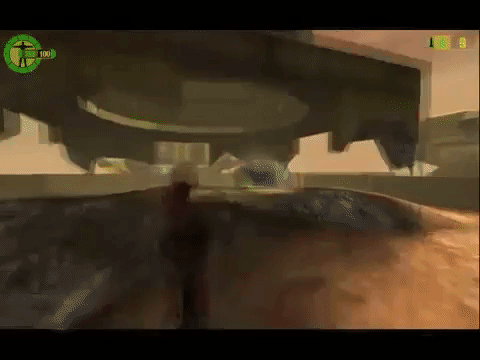
Deep Silver
A later sequel actually featured some awesome physics-based destruction mechanics, but the hole-making feature didn't return, and geomod is sorely missed. Game devs ignored this until Minecraft came out over 10 years later, but even the highest-selling gaming in history fails to capture the natural feel of Red Faction's literally groundbreaking mechanics.
Blockbusters that weren't afraid to look weird
One of the problems stemming from how every game is now using one of like two different engines is how every game tends to look similar – remember how all video game characters in the '2010s had a distinct rubbery look? We have a lot of indie games that feature very original aesthetics, but we miss having that in the mainstream as well.
PC Gamer recently reminded us of Ecstatica (1994), a horror game that completely undermined its premise by having every character made of balls. Yes, just so we're clear, Ecstatica didn't tell the story of sentient ball characters, but that of regular human characters whose models were a bunch of glued-together balls.
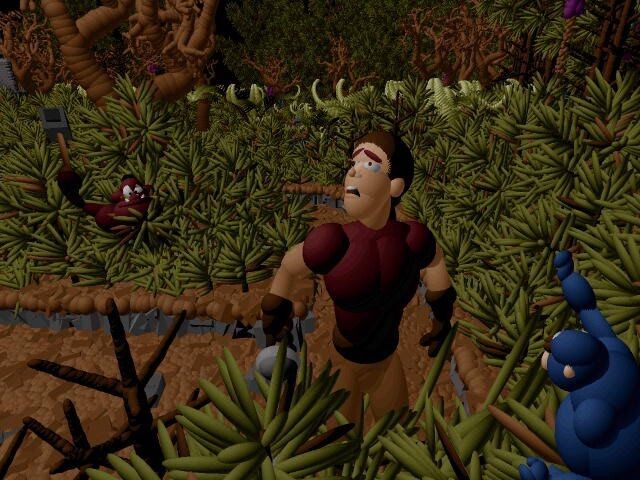
Psygnosis
The result only had players scared for the future of the devs, but it sure was a valiant effort, one that assures everyone reading this that they sure had… courage. A more successful example of a would-be huge game with intentionally weird graphics would be that of Outcast (1999).
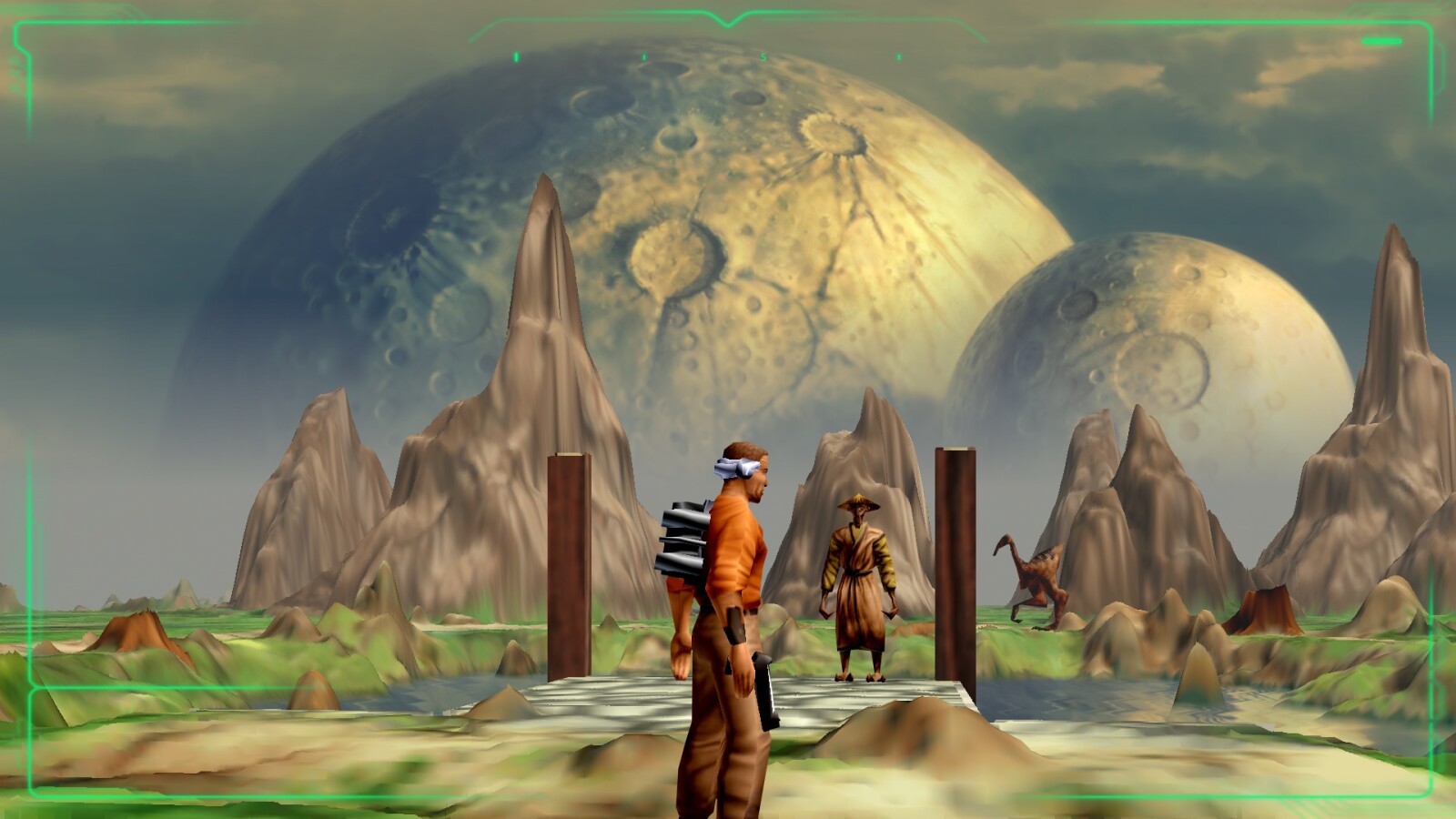
Appeal
On top of looking gorgeous at the time of its release, Outcast looked alien in comparison to all other games – quite the asset when the objective was to bring an alien world to life. This happened because, unlike other games that used pixels (or balls), Outcast mixed in something called voxels.
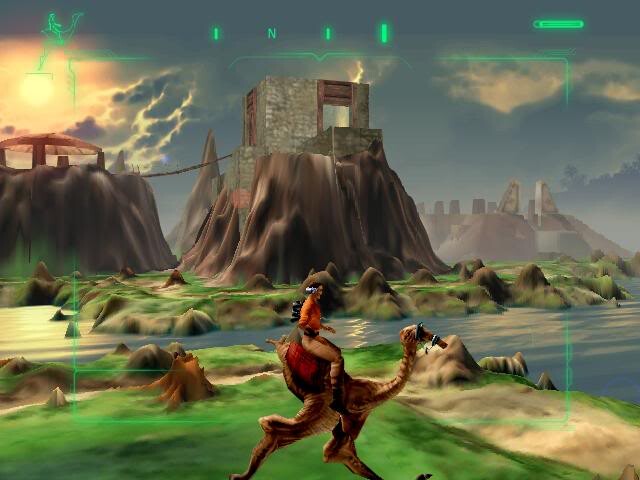
Appeal
Outcast got a lot of praise, but the tech powering had high hardware demands, so many may have missed this one back in '99. A remaster came out back in 2017 but even though it looks gorgeous, it looks just like every other game of its day.
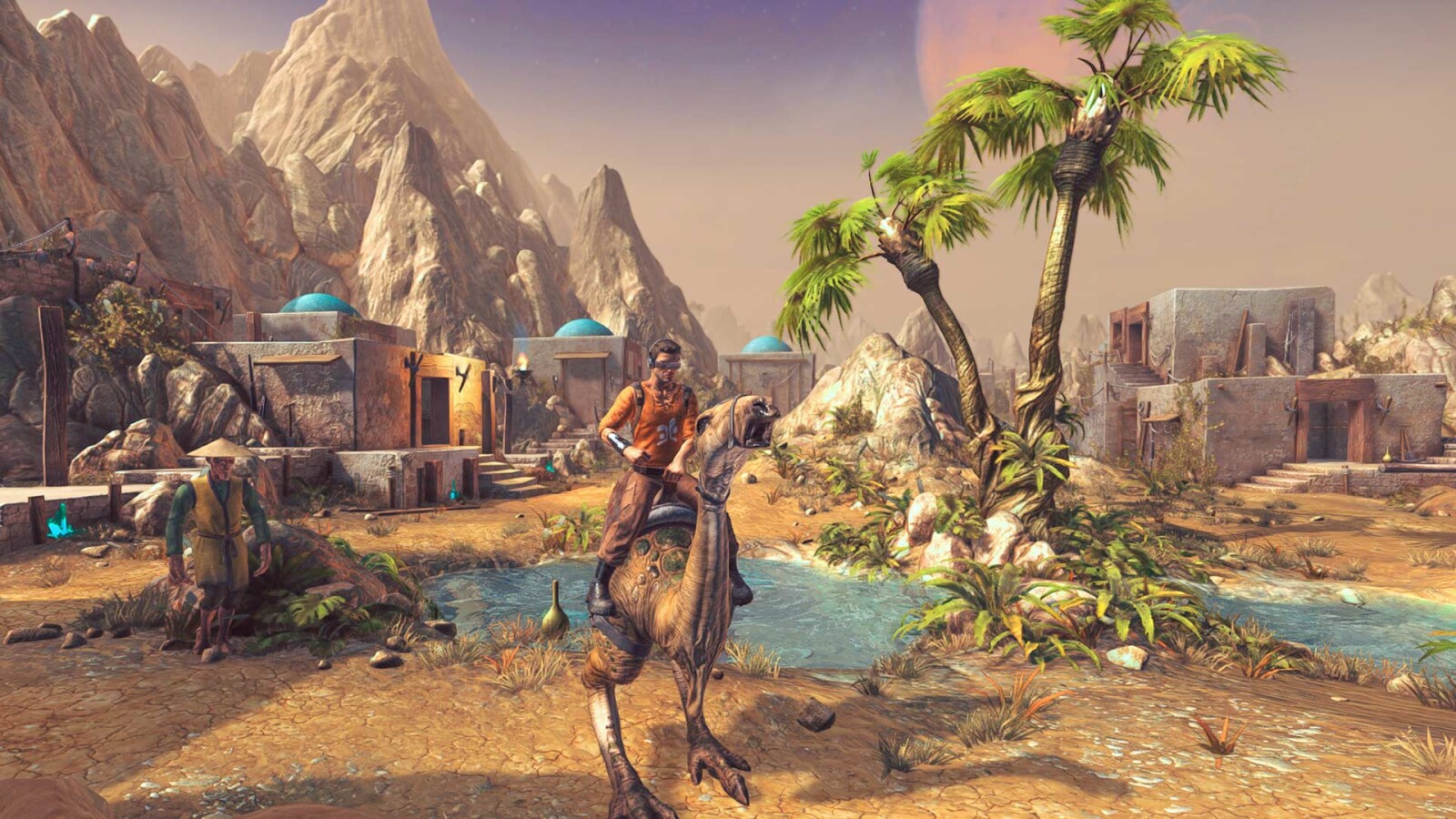
Bigben Interactive
On top of its appropriately alien looks, Outcast also featured an inventive pause system. Unlike Dark Souls games, which straight-up don't allow for players to pause their progress, Outcast allowed players to use menus, but we'd have to do it in real-time and we could only use these menus via in-game technology that attracted more enemies. Pausing would be a gamble, not a safe move – much like weird-ass graphics.
Timespace-controlling mechanics
No, not like Ocarina Of Time, where we can't actually control time in real-time – if that makes sense. We're talking about games like Prince Of Persia: The Sands Of Time, a game that featured the titular sands, a magical artifact that granted players the power of not having to press continue by seamlessly rewinding the game right before the main got splattered to death. It was so revolutionary that Ubisoft's centrist ass dropped it to just make Assassin's Creed and Far Cry games forever.
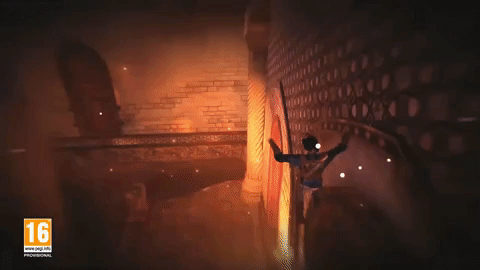
Ubisoft
Why are such cool rewind mechanics relegated to just preventing awful car accidents in the Forza series nowadays? Similarly, we had the Soul Reaver series in which players managed to shift between the material and the spectral realms, a move that somehow completely transformed the entire level in real-time without also transforming the original Playstation into a lump of coal.
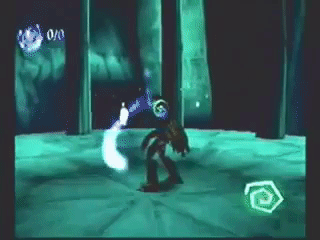
Crystal Dynamics
The only game that remembered doing both mechanics up until now was the brilliant Titanfall 2, and it resulted in “Effect and Cause”, one of the greatest missions in the history of video games.
The Concept of no HUD
Getting players immersed is a common goal of modern story-driven games, and it's a tough one when a lot of games look like this:

Activision Blizzard
Ok, we admit that this example is a bit exaggerated, but any kind of HUD aka the information that the game throws at our face in regards to Health, ammo, or whatever else, isn't something we have access to in real life, and therefore something that makes a game feel less real. The Getaway for the PS2 did away with giving players any sort of on-screen information.
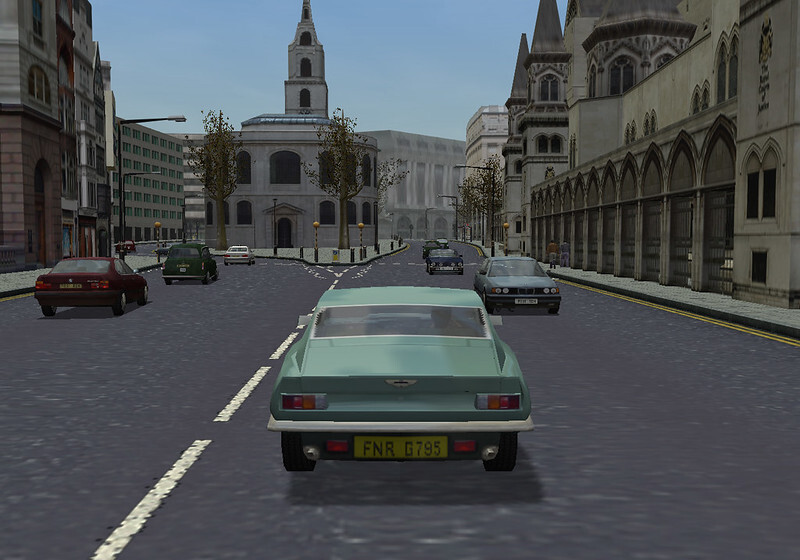
Sony
Alternatives have been attempted, such as the legendary Jurassic Park Trespasser, where we can check how much hp we have by looking at the main character's cleavage, but that was somehow not very well received, either.
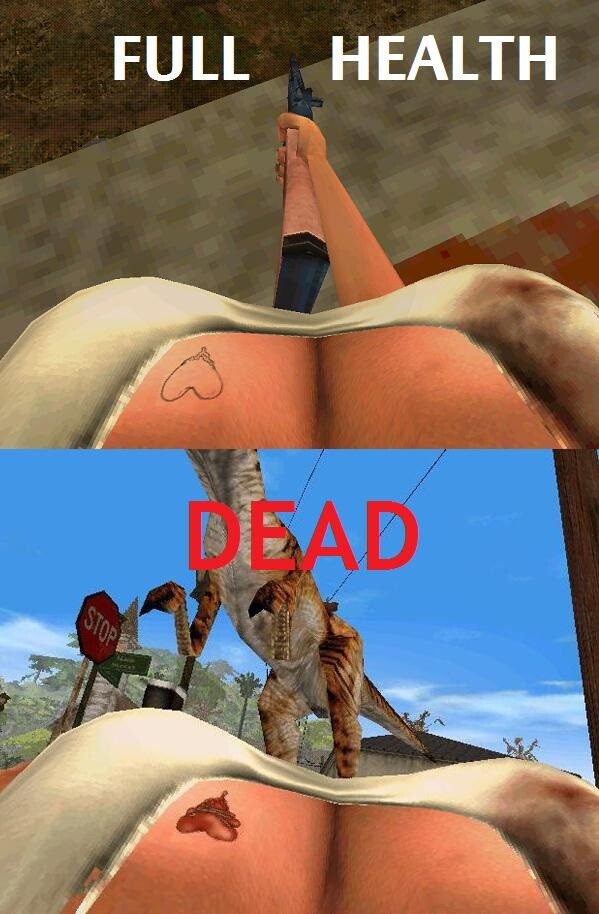
EA
Here's hoping someone thinks this through better and the future brings us a new Duke Nukem title where we learn our health status by looking at our enormous pecs.
Top Image: Appeal